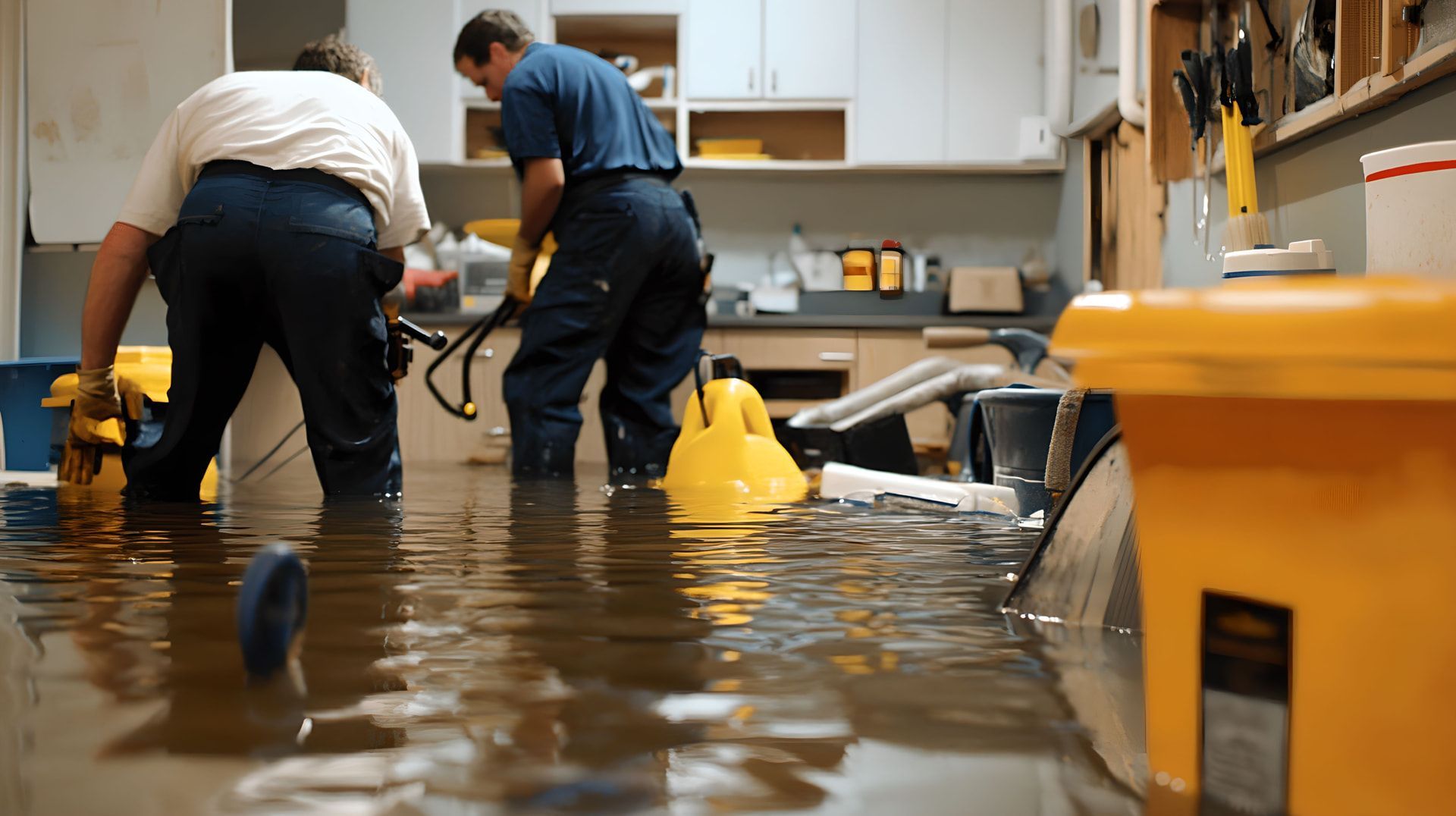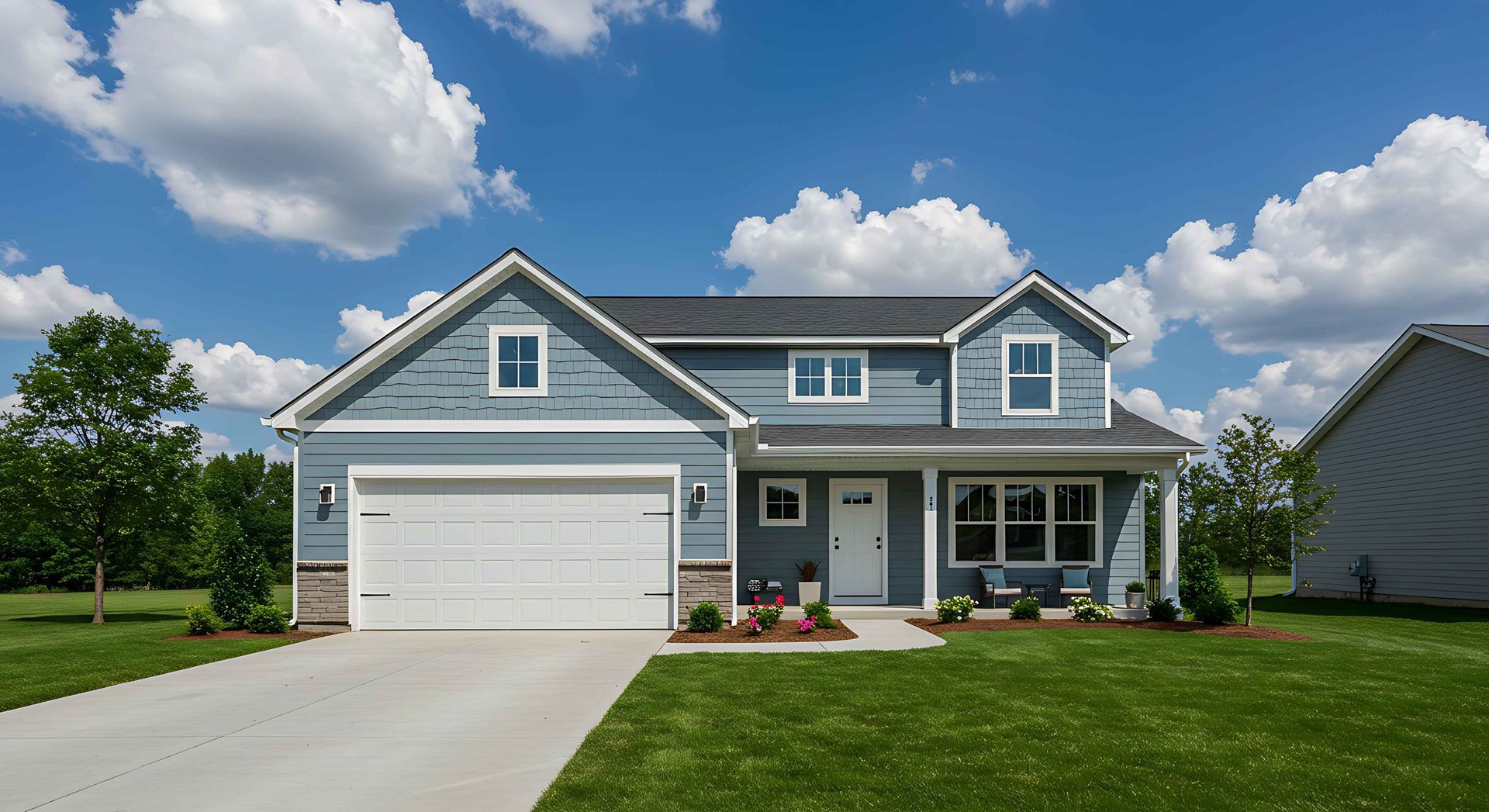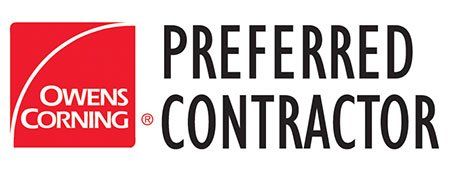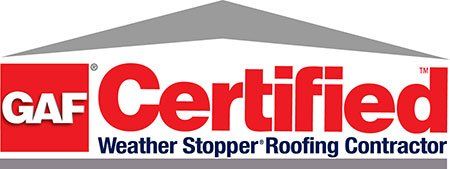A roof replacement is one of the more significant investments a homeowner makes in home maintenance. It protects your home, boosts curb appeal, and ensures structural integrity for years to come. But what exactly drives the cost? In this guide, we’ll break down the factors that influence roofing costs, provide ballpark ranges, and explain how Phase 4 Contracting approaches transparent, high-quality roofing in Pennsylvania.
Why Roof Replacement Costs Vary So Much
There’s no one-size-fits-all answer when it comes to roof replacement. A short, simple roof might be relatively affordable, while a large multi-story home with skylights and steep slopes will push costs much higher. Here are the top factors that shape your final price tag:
1.Roof Size & Total Square Footage
Contractors typically measure roofing in “squares” (1 square = 100 sq ft). The larger your roof, the more materials and labor are required.
2. Roof Pitch, Complexity & Design Features
A steep roof, multiple dormers, valleys, chimneys, skylights, or unusual angles all increase difficulty and risk, raising labor costs.
3. Material Choice
Asphalt shingles are common and relatively affordable, but metal, slate, tile, or specialty materials come with premium costs—and often longer lifespans.
4. Tear-Off / Removal & Disposal
Taking off the old roof, hauling away debris, and disposing of it all adds time and cost, especially if multiple existing layers must be removed.
5. Underlayment, Flashing & Roofing System Components
A roof isn’t just shingles: underlayment, ice and water barriers, drip edges, ventilation, flashing, ridge caps, vent boots, and edge treatments all factor into cost.
6. Decking / Structural Repairs
Once the old roof is removed, flaws in the decking (wood sheathing) may be revealed. Rotten or damaged boards must be replaced, which adds labor and materials.
7. Labor Rates & Local Market Conditions
Labor often makes up more than half of the total cost. Rates depend on local wages, demand, competition, and contractor reputation.
8. Accessibility & Safety / Equipment Needs
If the roof is hard to access (steep slopes, tall height, tight yards, limited staging area), extra safety measures, scaffolding, lifts, or more labor will be needed.
9. Permits, Inspections & Code Requirements
Local municipalities often require permits, inspections, and adherence to building codes (e.g. ventilation, insulation, snow load). These fees and compliance measures add to cost.
10. Warranty, Overhead & Contractor Markups
A quality contractor provides warranties, uses vetted materials, and covers overhead, insurance, and profit margin. Cheaper quotes may cut corners or skip certain components.
11. Seasonality & Scheduling
Demand fluctuates by season; off-peak times may yield lower rates but risk weather delays.
Typical Price Ranges & What You Might Expect
While every roof is unique, here are some rough benchmarks for 2024–2025 in the U.S.:
- National average: about $9,500 for a full roof replacement, though the range runs from $5,800 to over $46,000 depending on all variables.
- Common materials / labor averages: $4–$11 per square foot (all in) for moderate complexity, asphalt shingle roofs.
- More complex or premium roofs (steep pitch, metal, slate) may reach $12–$20+ per square foot or more.
- For example: a 1,000-square-foot (roof surface) asphalt shingle job might run $7,500 to $11,000 or more depending on complexity.
These figures are only rough guides. The best way to know is to get a detailed, line-item estimate from a reputable contractor (like Phase 4 Contracting), who can evaluate your property’s specifics.
How Phase 4 Contracting Approaches Roof Replacement
At Phase 4 Contracting, we understand that transparency, quality, and reliability are essential. Here’s what sets us apart:
- Expertise in a variety of roofing systems: We handle asphalt shingle, metal, flat, and complex commercial roofing.
- Comprehensive estimates: We provide written estimates that break down materials, labor, removal, repairs, permitting, and clean-up.
- Detailed inspections & diagnostics: We examine decking, flashing, ventilation, and other underlying components before finalizing the proposal.
- Local code compliance & permit handling: We are familiar with Pennsylvania building codes and ensure the necessary permits and inspections are included.
- Financing options: We offer financing plans to help homeowners manage the cost over time.
- Warranty and quality assurance: Our work is backed by warranties on materials and workmanship, giving you peace of mind.
- Customer care & communication: We aim to keep you informed every step of the way—schedule, delays, selection options, and clean-up.
When you work with us, you’re not just getting a new roof—you’re getting long-term protection, solid craftsmanship, and a partner committed to your home.
Tips to Get a Better Deal (Without Sacrificing Quality)
- Get multiple estimates from qualified roofers, compare line by line.
- Ask about “hidden” costs: structural repairs, permitting, tear-off.
- Select durable, appropriate materials for your region—spending a bit more now may save you repair costs later.
- Bundle repairs or upgrades (e.g. gutters, flashing, insulation) to share labor/setup costs.
- Schedule during off-peak season (late winter or early spring) when possible.
- Negotiate staging or material access to reduce labor waste or downtime.
- Ensure written warranty & contract—that details scope, timelines, cleanup, and contingencies for discovered damage.
Conclusion & Next Steps
Replacing a roof is a major investment—but with the right approach, you can get excellent value, long-term performance, and peace of mind. The actual cost depends heavily on your roof’s size, pitch, materials, structural condition, and local labor/permit rules.
If you’re in Pennsylvania and considering a roof replacement, we’d be glad to provide you with a no-obligation, detailed estimate.
Contact Phase 4 Contracting today to schedule a roof inspection and explore the options that fit your home and budget.






